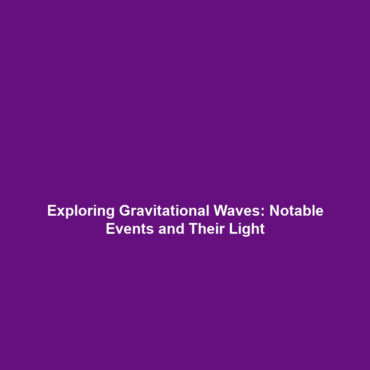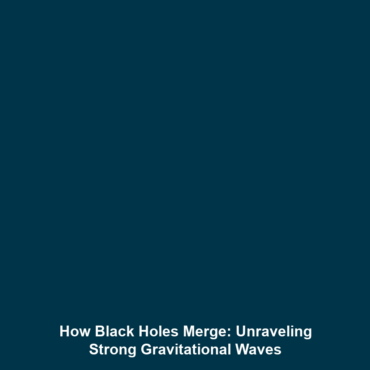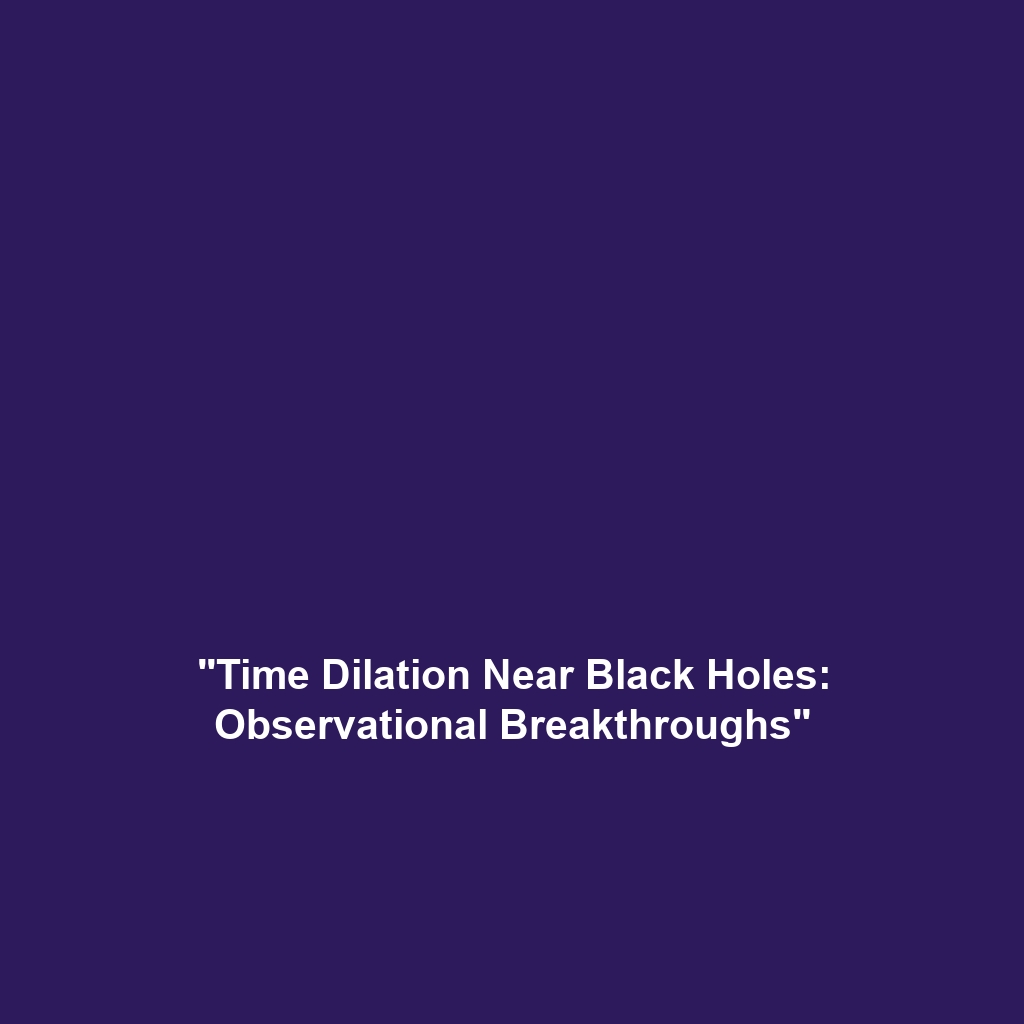Notable Gravitational Wave Events and Their Electromagnetic Counterparts
Introduction
Gravitational waves, ripples in spacetime caused by some of the universe’s most cataclysmic events, have opened a new frontier in astrophysics. One of the most notable events is GW170817, which was detected on August 17, 2017. This landmark occurrence was not only a source of gravitational waves but also heralded a groundbreaking discovery: its electromagnetic counterparts. Understanding these events is crucial for unraveling the mysteries of the universe, as they provide insights into phenomena such as neutron star collisions and the formation of heavy elements.
Key Concepts
1. Gravitational Waves: An Overview
Gravitational waves are disturbances in spacetime that propagate as waves, created by acceleration of massive objects. These waves were first predicted by Einstein in 1916 as a consequence of his general theory of relativity. Their detection offers a novel means of observing cosmic events that are invisible to traditional telescopes.
2. GW170817: A Milestone Event
The detection of GW170817 marked a significant moment in astrophysics. It was the first gravitational wave detection from a binary neutron star merger, followed by observable electromagnetic signals. This multi-messenger astronomy approach revealed a wealth of information about the event, including its distance and the merger’s resultant kilonova, which is essential for understanding heavy element production in the universe.
Applications and Real-World Uses
The implications of gravitational waves and their associated electromagnetic counterparts are profound, particularly in the realm of astrophysics and cosmology. Here are some practical applications:
- Understanding Stellar Evolution: The study of events like GW170817 contributes to our knowledge of stellar life cycles and the end stages of massive stars.
- Cosmological Measurements: Gravitational waves can serve as a new standard for measuring distances in the universe, complementing traditional methods.
- Multi-Messenger Astronomy: The combination of gravitational and electromagnetic observations allows for a holistic understanding of cosmic events.
Current Challenges
While the study of gravitational waves has advanced rapidly, several challenges remain:
- Sensitivity Limitations: Current gravitational wave detectors have a limited sensitivity range, restricting the detection of more distant or fainter events.
- Data Overload: The increasing number of detections leads to challenges in data processing and analysis.
- Understanding Electromagnetic Counterparts: Not all gravitational wave events produce observable electromagnetic signals, complicating the interpretation of events like GW170817.
Future Research and Innovations
The field of gravitational wave astronomy is poised for significant advancements:
- Next-Generation Detectors: Upcoming projects, such as the Einstein Telescope and the Cosmic Explorer, promise improved sensitivity and broader detection capabilities.
- Integration of AI: Enhanced data processing techniques utilizing artificial intelligence will streamline the identification and analysis of gravitational wave signals.
- Collaboration with Conventional Astronomy: Further exploration of electromagnetic counterparts through collaboration with traditional observatories will enhance our understanding of cosmic events.
Conclusion
The exploration of notable gravitational wave events and their electromagnetic counterparts, specifically GW170817, is reshaping our understanding of the cosmos. These groundbreaking discoveries not only deepen our comprehension of fundamental astrophysical processes but also pave the way for future research in gravitational wave astronomy. For readers interested in delving deeper into this captivating subject, consider exploring our related articles on exoplanets and dark matter.


